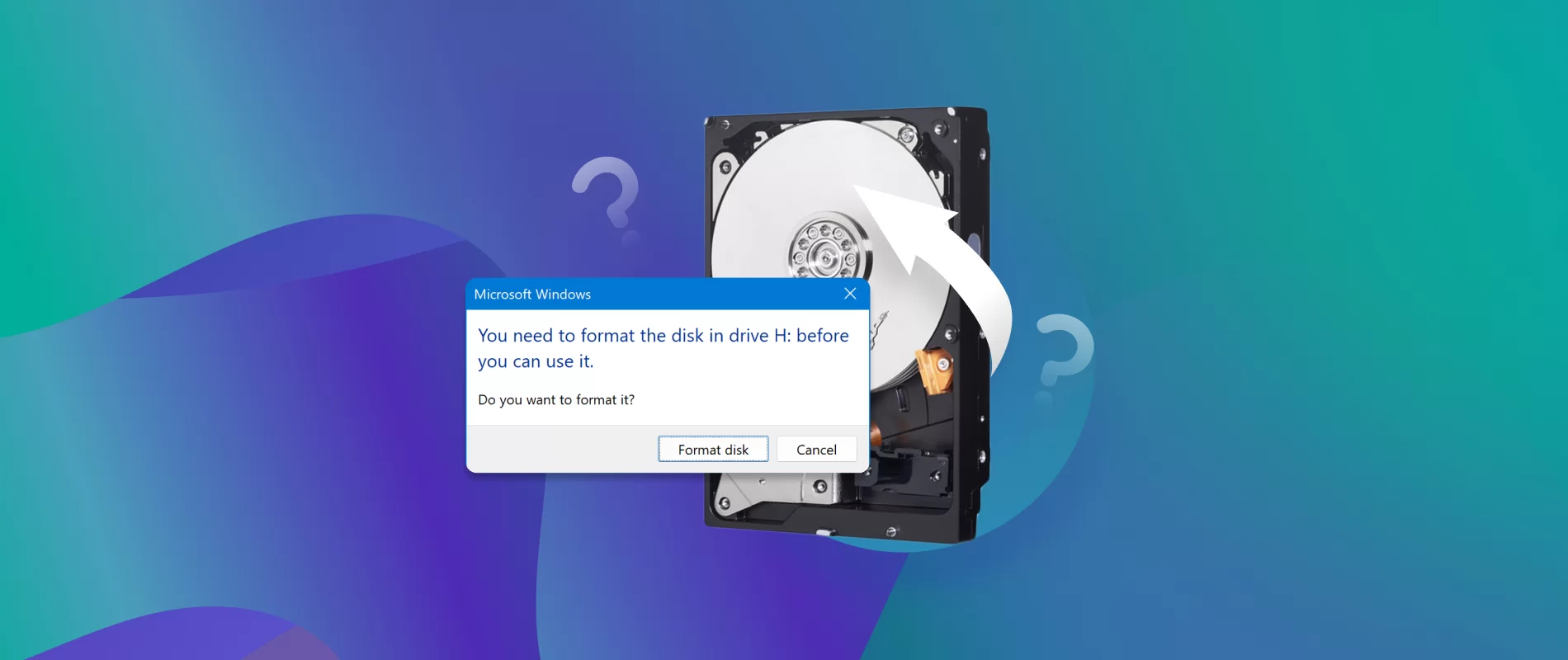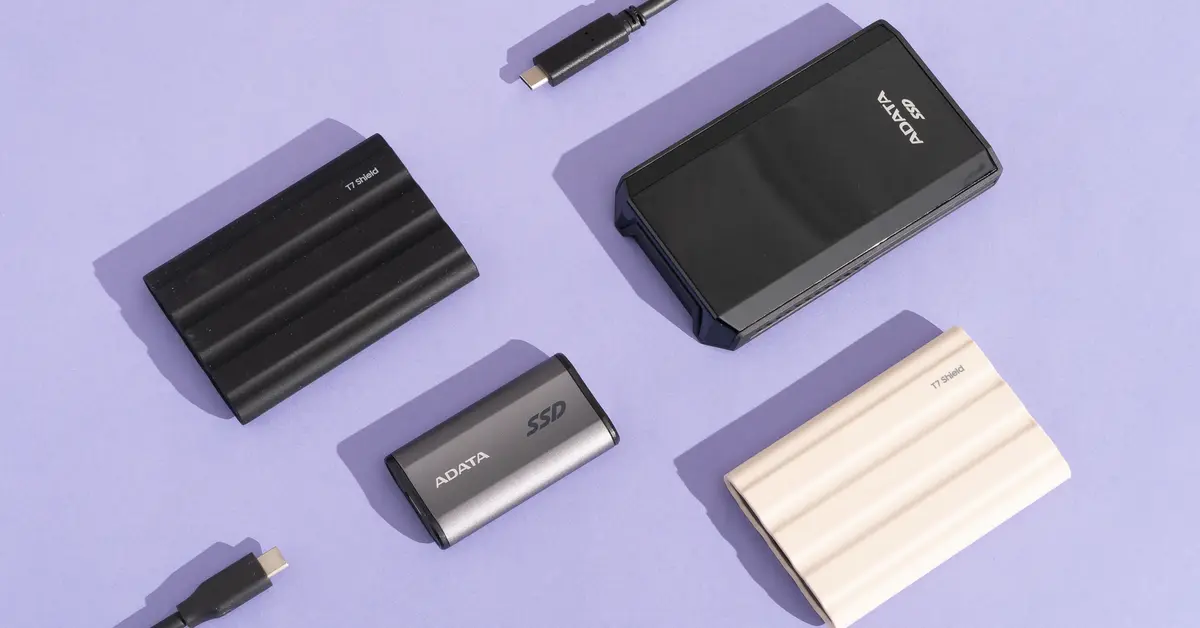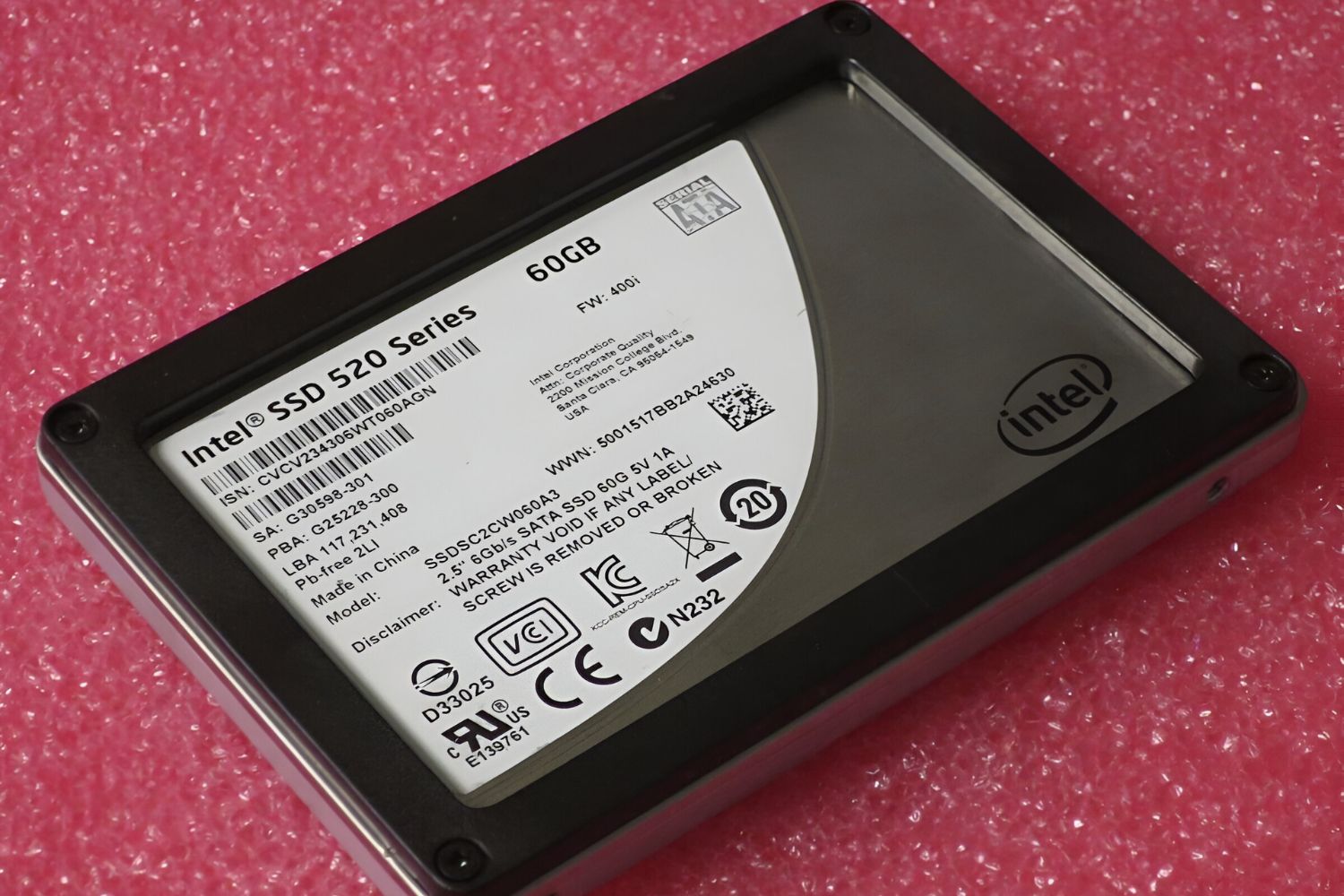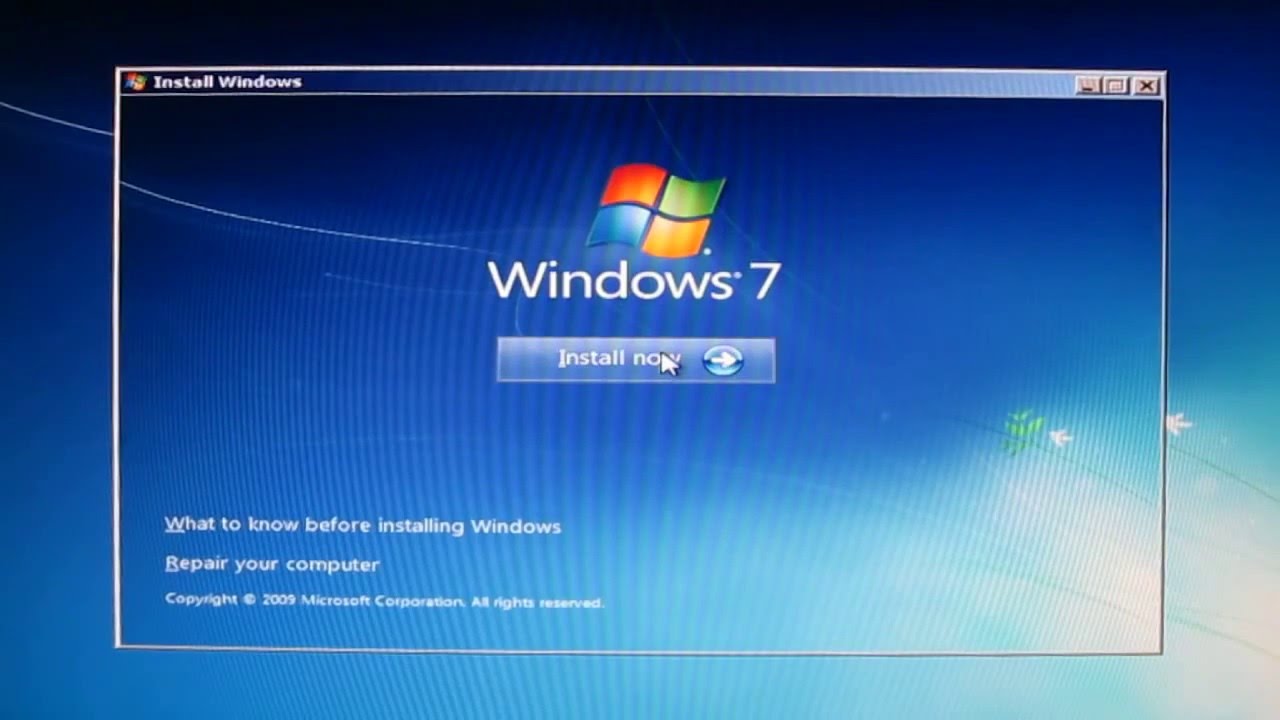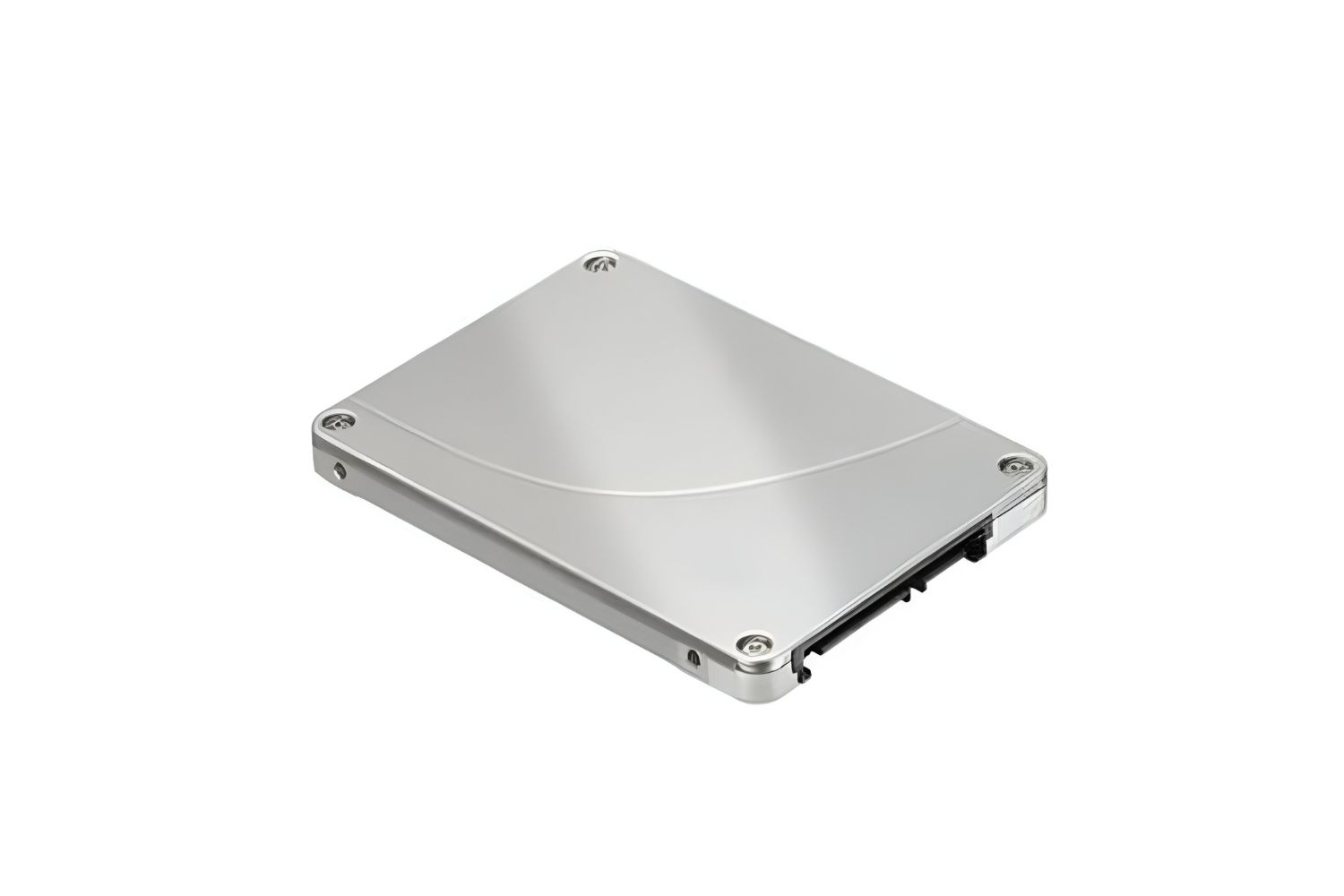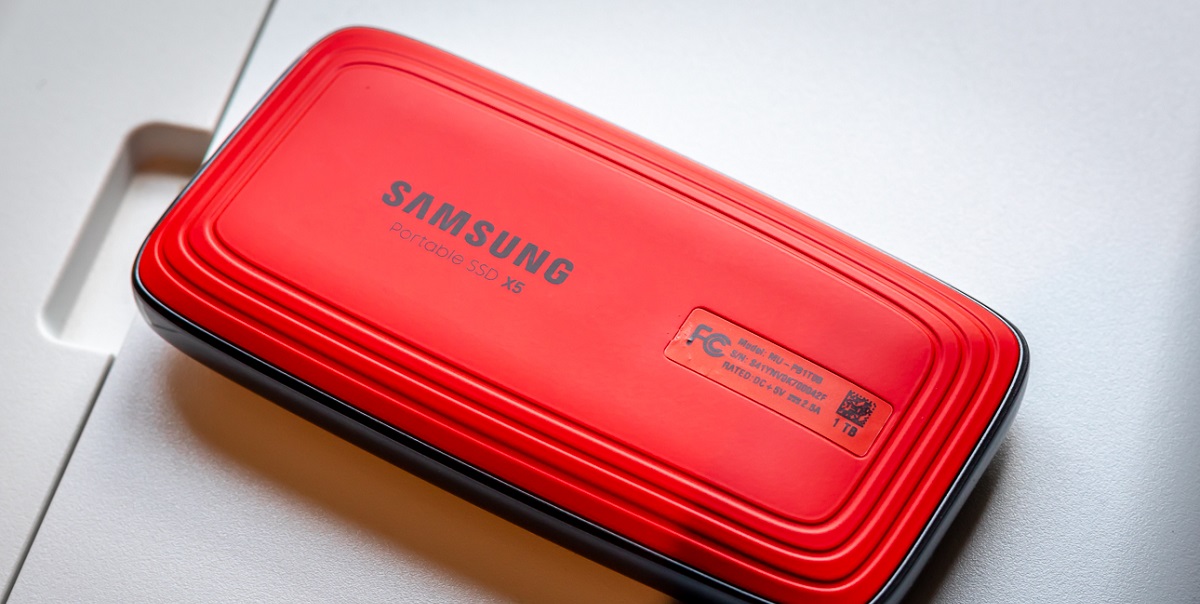Introduction
When it comes to computer performance, one of the most crucial components is the storage drive. In recent years, solid-state drives (SSDs) have gained popularity for their lightning-fast read and write speeds, as well as their durability and reliability. Whether you’re upgrading your system or simply curious about the type of drive in your Windows 7 computer, there are several methods you can use to determine if you have an SSD.
In this article, we will explore various techniques to help you identify whether your Windows 7 computer is equipped with a solid-state drive. By using these methods, you can gain insights into the inner workings of your system and understand the performance capabilities of your storage device, allowing you to make informed decisions about hardware upgrades or troubleshooting.
It’s important to note that the methods discussed here focus specifically on Windows 7, as newer versions of Windows may have different approaches or built-in tools for determining drive type. So, let’s dive into the different methods and discover how to identify if you have a solid-state drive in your Windows 7 computer.
Checking in Device Manager
Device Manager is a built-in Windows utility that allows you to view and manage the hardware devices installed on your computer. It provides detailed information about each device, including the type of storage drive. To check if you have a solid-state drive in your Windows 7 computer using Device Manager, follow these steps:
- Right-click on the “Computer” or “My Computer” icon on your desktop or in the Start menu and select “Manage.” This will open the Computer Management window.
- In the Computer Management window, click on “Device Manager” in the left-hand pane.
- Expand the “Disk drives” category by clicking on the arrow next to it.
- Look for the name of your drive in the list of devices. Solid-state drives are often identified with terms like “SSD” or “Solid State” in their names.
- If you see any of these terms next to the drive name, it indicates that you have a solid-state drive.
Keep in mind that the name of your drive may vary depending on the manufacturer and specific model. If you’re unsure whether a particular drive is an SSD or not, you can always search the device name online to get more information about its specifications.
Checking in Device Manager is a straightforward method to determine the type of storage drive in your Windows 7 computer. However, it is worth noting that this method only provides basic information about the drive and does not offer any performance benchmarks or advanced details.
Checking in System Information
Another way to check if you have a solid-state drive in your Windows 7 computer is by using the System Information tool. This built-in Windows utility provides detailed information about the hardware and software components of your system. To check the drive type using System Information, follow these steps:
- Press the Windows key + R to open the Run dialog box. Type “msinfo32” (without quotes) and press Enter.
- The System Information window will open, displaying various categories on the left-hand side.
- Click on the “Components” category, and then select “Storage” from the submenu.
- In the right-hand pane, you will see a list of storage devices on your computer.
- Look for the “Media Type” column. Solid-state drives are typically listed as “Solid State Disk” or “SSD.”
- If any of the storage devices are labeled as “Solid State Disk” or “SSD,” it indicates that you have a solid-state drive.
The System Information tool provides more detailed information about the storage devices in your Windows 7 computer compared to Device Manager. It offers insights into the media type, interface, and other specifications of each drive. This can be useful if you’re looking for specific technical details about your solid-state drive.
By checking in System Information, you can quickly determine whether your Windows 7 computer is equipped with a solid-state drive and gather additional information about your storage devices.
Checking in Disk Management
Disk Management is a Windows utility that allows you to manage and configure disk drives on your computer. It provides a visual representation of all the storage devices connected to your system. To check if you have a solid-state drive in your Windows 7 computer using Disk Management, follow these steps:
- Press the Windows key + R to open the Run dialog box. Type “diskmgmt.msc” (without quotes) and press Enter.
- The Disk Management window will open, displaying a list of all the drives connected to your computer.
- Look for the drive that you want to identify. Solid-state drives are usually labeled as “SSD” or may have a capacity listed as “GB” instead of “TB.”
- If you see a drive labeled as “SSD” or with a capacity in GB, it indicates that you have a solid-state drive.
In Disk Management, you can also view additional details about each drive, such as the partition layout and drive letter assignments. This can be helpful if you need to manage or troubleshoot specific storage devices.
Checking in Disk Management provides a visual representation of the storage drives in your Windows 7 computer, making it easier to identify if you have a solid-state drive or not.
Checking in Command Prompt
The Command Prompt is a powerful tool in Windows that allows you to execute commands and perform various tasks. It can also provide information about your storage devices, including the type of drive installed. To check if you have a solid-state drive in your Windows 7 computer using Command Prompt, follow these steps:
- Open the Command Prompt by pressing the Windows key + R to open the Run dialog box. Type “cmd” (without quotes) and press Enter.
- In the Command Prompt window, type the following command:
wmic diskdrive get MediaTypeand press Enter. - A list of storage devices will be displayed, along with their respective media types.
- Look for any drives listed as “SSD” in the MediaType column. These indicate solid-state drives.
Using Command Prompt allows you to quickly retrieve information about the media type of your storage devices, including whether they are solid-state drives or not. This method provides a simple and direct way to determine the drive type without the need for additional software or tools.
Note that the Command Prompt method may display media types as “HDD” (hard disk drive) or “SSD” (solid-state drive) rather than providing specific drive names or model numbers. However, it still serves as a reliable method to check if you have a solid-state drive in your Windows 7 computer.
Checking in Task Manager
Task Manager is a built-in Windows utility that provides real-time information about the processes, performance, and resources of your computer. It also offers insights into the type of storage drive installed in your system. To check if you have a solid-state drive in your Windows 7 computer using Task Manager, follow these steps:
- Right-click on the taskbar and select “Task Manager” from the context menu that appears. Alternatively, you can press Ctrl + Shift + Esc to open Task Manager directly.
- In the Task Manager window, click on the “Performance” tab at the top.
- Under the “Disk” section, you will see a list of storage devices.
- Look for any drives listed with higher transfer rates and lower response times. These characteristics are typical of solid-state drives.
- If you notice a drive with significantly higher performance indicators compared to others, it is likely that you have a solid-state drive installed.
Task Manager provides real-time performance metrics, allowing you to observe the behavior of your storage drives. Although this method does not explicitly label drives as SSD, it can help you identify solid-state drives based on their exceptional performance characteristics.
By using Task Manager, you can gain insights into the performance and behavior of your storage devices, giving you an indication of whether or not you have a solid-state drive in your Windows 7 computer.
Summarizing the Different Methods
There are several methods available in Windows 7 that can help you determine whether you have a solid-state drive (SSD) in your computer. Let’s summarize the different methods discussed:
- Device Manager: By checking the “Disk drives” category in Device Manager, you can look for any drives labeled as “SSD” or “Solid State.” This method offers a quick and easy way to identify SSDs installed on your Windows 7 computer.
- System Information: The System Information tool provides detailed information about storage devices. By examining the “Storage” category, you can look for drives labeled as “Solid State Disk” or “SSD.” This method provides in-depth insights into the specifications of your storage devices.
- Disk Management: Using the Disk Management utility, you can visually identify solid-state drives by looking for drives labeled as “SSD” or with capacities listed in GB rather than TB. Disk Management gives you a comprehensive overview of all your connected drives and their partition layouts.
- Command Prompt: Running a command in Command Prompt allows you to retrieve the media type of your storage devices. Solid-state drives will be listed as “SSD” in the output, providing a straightforward method to determine if you have an SSD.
- Task Manager: Task Manager offers real-time performance metrics, including disk performance. By observing higher transfer rates and lower response times in the Disk section, you can identify drives that are likely to be solid-state drives.
Each of these methods provides a unique approach to identifying solid-state drives in your Windows 7 computer. Depending on your preference and the level of detail you require, you can choose the most suitable method or use a combination of them for a comprehensive understanding of your storage devices.
Conclusion
Identifying whether your Windows 7 computer has a solid-state drive (SSD) is essential for understanding its performance capabilities and making informed decisions regarding upgrades or troubleshooting. Throughout this article, we have explored various methods to determine if you have an SSD in your Windows 7 computer, including Device Manager, System Information, Disk Management, Command Prompt, and Task Manager.
Using Device Manager and System Information, you can easily check for drives labeled as “SSD” or “Solid State Disk.” These methods provide basic information about the drive and can offer more detailed specifications as well. Disk Management allows for a visual representation of the drives, where you can look for “SSD” labels or capacities in GB instead of TB.
The Command Prompt method provides a quick way to retrieve the media type of your storage devices, while Task Manager offers real-time performance metrics that can indicate the presence of an SSD based on higher transfer rates and lower response times.
By utilizing these methods, you can confidently determine whether your Windows 7 computer is equipped with a solid-state drive. This knowledge can help you optimize your system for enhanced performance, identify potential hardware upgrades or replacements, and troubleshoot any issues related to your storage drives.
Remember that these methods are specific to Windows 7, and newer versions of Windows may have different approaches or built-in tools for identifying drive types. Stay informed about the latest Windows updates and tools to ensure you can accurately determine the type of storage drive in your computer.
Understanding and harnessing the power of solid-state drives can greatly improve the overall performance and responsiveness of your Windows 7 computer, providing you with a more efficient and enjoyable computing experience.









